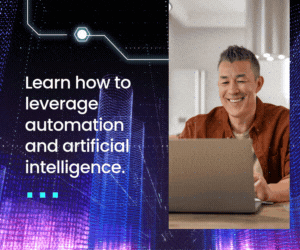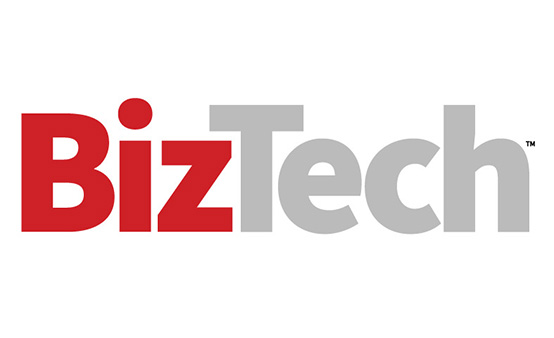How Does AI-Enabled HPC Benefit Financial Services?
AI provides the processes needed to analyze existing data and discover new connections. HPC provides the throughput. In combination, they offer multiple benefits for financial services, including:
- Risk management and analysis. Using HPC and AI, firms can carry out complex Monte Carlo simulations that predict likely probabilities of uncertain events, such as financial investing.
- Fraud detection and prevention. Training with large data sets allows AI to detect and prevent fraudulent transactions.
- Regulatory compliance. By feeding regulatory and compliance data into AI solutions, firms can pinpoint areas for improvement.
- Algorithmic trading. Microseconds matter in high-volume trading. AI helps companies stay competitive.
- Customer experience. AI-driven analysis of customer service and transaction histories can improve personalization and increase retention.
RELATED: What is high performance computing power?
Where Should HPC Happen?
Firms have two broad choices for where HPC happens: in the cloud and on-premises. But this isn’t an either/or situation; enterprises usually benefit from both.
For example, it might make sense to build a small HPC framework in the cloud for less intensive AI workloads that aren’t negatively impacted by the latency produced when data moves to and from the cloud. This HPC framework might be used for tasks such as regulatory compliance analysis — necessary, but not something that depends on seconds for success.
When it comes to larger AI workloads, meanwhile, firms are often better served with data centers on-premises or secure colocation options. Higher throughputs and lower latencies allow them to build “AI factories” that can handle the demands of algorithmic trading or fraud detection.
Paths to HPC: Retrofitting and Repatriation
If firms shift workloads to on-premises solutions, they may choose to retrofit existing data centers, repatriate data to new facilities, or some combination of these.
With repatriation, organizations may opt to build out new data centers onsite. Advances in technology allow higher density and improved performance that make these data centers affordable for larger enterprises. Small and midsized businesses, meanwhile, may want to consider secure colocated solutions that make use of existing infrastructure.
Retrofitting, meanwhile, requires companies to focus on direct liquid cooling. This is because AI-capable devices often use a combination of CPUs, GPUs and NPUs. Next-generation GPUs are well suited to large-volume AI tasks but generate significant amounts of heat. Water-cooled solutions are typically required for these retrofits to deliver ROI. New colocations may already be set up for DLC.
UP NEXT: What’s the difference between CPUs vs. GPUs?
Curious about AI-enabled HPC but not sure about the first step? CDW can help you identify your business cases, build your solutions and manage the performance of your HPC operations.
This article is part of BizTech's EquITy blog series.












